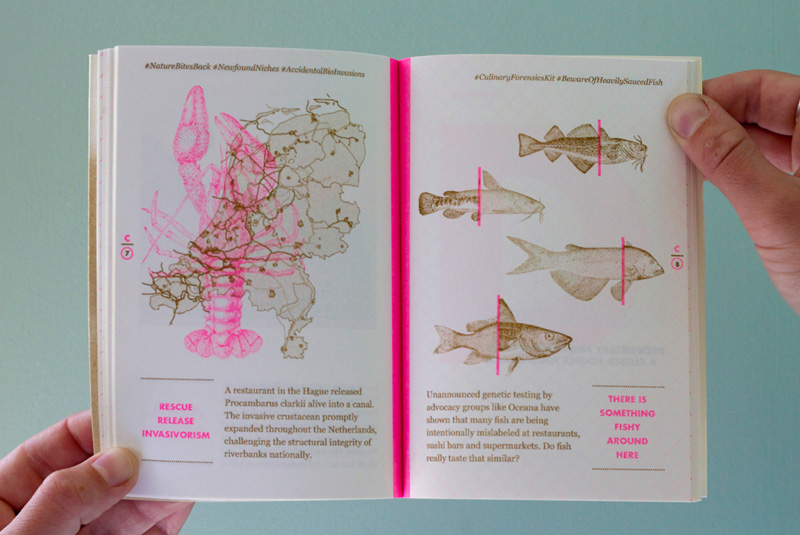Hej hej, how are you surviving the pre-Christmas rush to get things done? I had my last class on Monday, but am still up to my ears in things-to-do before I get on a plane on Saturday for some well-needed travels. I hope you are getting into the Christmas mood though – here are some links to encourage you to slow down, have a cup of tea and a gingersnap and reflect a bit. Happy reading/listening!
First off, and most seriously related to food policy, the Washington Post made this informative primer on the new FDA rules regarding antibiotic use in livestock production – an issue we have discussed before on the blog as one threatening both human public health and animal welfare. Bottom line: it’s a step forward, but not too far – most importantly, though producers are no longer allowed to use antibiotics for growth promotion, they can still do so for disease prevention (and since most drugs are admitted for both uses, it’s unclear how much total use would actually decrease). Furthermore, this hinges on the voluntary participation of drug companies in labeling their products differently, and as some critics argue, “it’s hard to see why pharmaceutical companies would willingly give up a major chunk of sales. Presumably they’ll find ways around the rules.” The article also gives an easy-to-access background on why antibiotics are so important, and where we are today in terms of antibiotic resistance. According to Thomas Friedan, director of the Center for Disease Control and Prevention, “If we’re not careful, we will soon be in a post-antibiotic era. For some patients and some microbes, we are already there.” Scary!
Then, Edible Geography brought out a list with the best food-related books of the year, and two of them are actually available as PDFs online!
Food Phreaking (pdf) is a really interesting concept related to how we imagine the food of the future (the definition of the term is “where food, technology and open culture meet”) and where our food systems are headed. This is not your average back-to-the-roots approach, though! They split the contributions into 4 (LEGAL & OPEN – Open Source Food Science & Participatory Food Design -, ILLEGAL & OPEN -Culinary Civil Disobedience & Outlaw Ingredients -, ILLEGAL & CLOSED – Black Hat Food Hacking & Food Crime -, and LEGAL & CLOSED – Proprietary Food Engineering & Closed Source Food Design) and give short but poignant examples on each. It’s more tongue-in-cheek than I originally anticipated, so prepare yourself for a good dose of sarcasm (the best!) I especially like the suggested hashtags (ranging from #GE_Jailbreaks to #DrunkenEthics).

Then, this Food Atlas (pdf) by Guerrilla Cartography feeds my love for anything maps and food to an extraordinary account. According to its introduction, “the atlas explores themes ranging from agriculture and land use to food processing and distribution, from issues of food security and health to concepts about identity, cuisine, and ideas about our relationships with food – mapping food in its myriad contexts. It is telling that the largest number of maps are concerned with issues of adequate and healthful access to food.” Made by a community of guerrilla cartographers and self-published through crowdfunding, this is a book you could lose days in (perhaps Christmas days sitting by the fire?) You can also purchase a paperback edition on their website, with proceeds going to a non-profit dedicated to food justice (which will be democratically elected by the atlas’ contributors.) Last-minute Christmas present?
Last but not least, I recently listened to a super interesting podcast featured on Intelligence Squared US, an NPR Oxford-style debating show. The topic: Should we avoid eating anything with a face? Listen to nutritionists, animal welfare activists and farmers (Joel Salatin!) square off in an intelligent and respectful debate on the ethics of meat consumption. By agreeing a priori that factory farming is cruel and should not be the basis of animal production, the debaters actually managed to delve much deeper, discussing whether eating animals is necessary for agriculture as such, and whether it makes a difference that farm animals are treated humanely when they are killed in the end anyway. This is the kind of debate you wish you had as a vegetarian on Thanksgiving with your meat-eating family (though Joel does make the ‘but plants are living beings too, so why can you slaughter a carrot’ argument, which I found a little underwhelming). Give it a listen, anyway!
I hope you have a great last pre-Christmas week!
